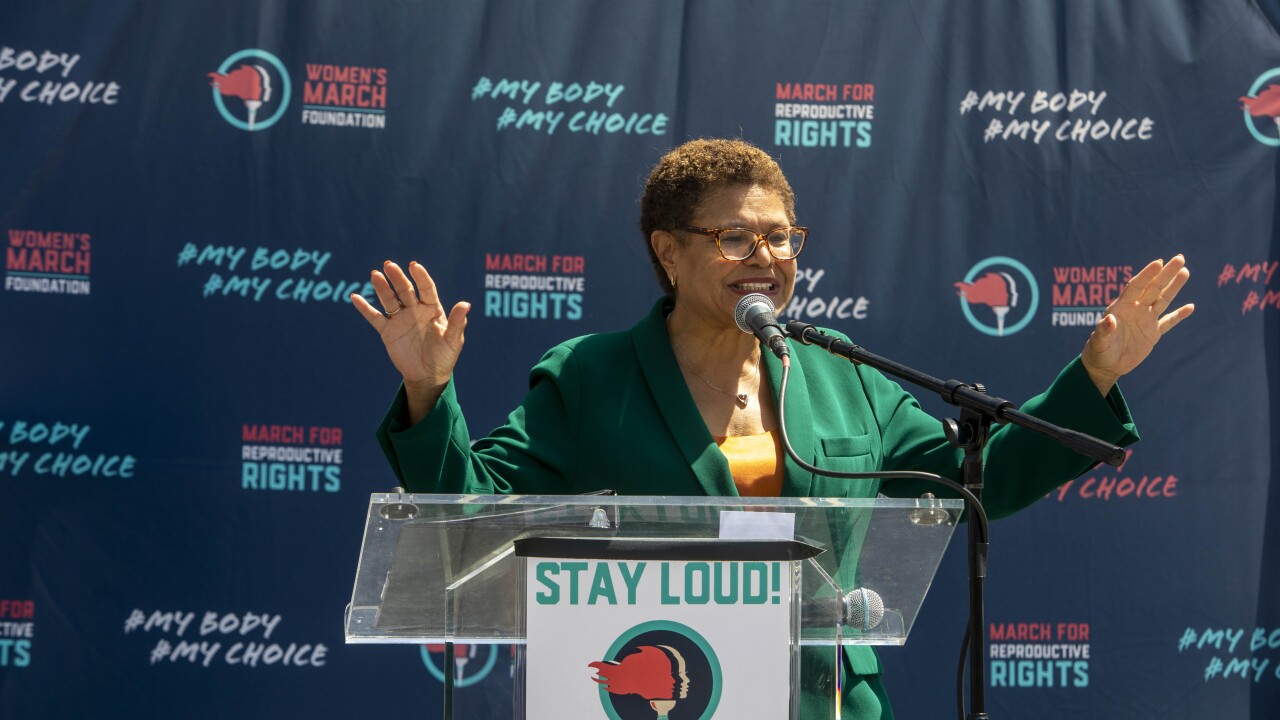CHICAGO — With new budgets to fund and the start of the school year around the corner, the season of short-term borrowing is in full swing for Minnesota school districts grappling with heightened liquidity challenges following the state’s adoption of a budget that further delays some aid payments.
The state last month ended a three-week shutdown with Gov. Mark Dayton and lawmakers agreeing to erase the remaining $1.4 billion of a $5 billion deficit in a two-year $35 billion budget by leveraging the state’s settlement with tobacco companies and delaying school payments.
Overall, the state will save $2.1 billion in the fiscal budget for the biennium that began July 1 by shifting school aid payments into the subsequent budget year.
Under the plan, the state will make good in the current fiscal year on 60% of aid owed to districts while 40% will be pushed off. That’s up from a 70-30 split adopted in the last biennial budget. “That’s a 40% receivable districts will carry,” said Gary Olsen, an advisor at Ehlers. “This is a significant delay in the payment cycle.”
The delays have strained district budgets and forced them to focus more acutely on liquidity, managing it through various methods. Those include increased short-term borrowing through certificates, setting up lines of credit and going to voters to seek hikes in their operating levies.
As a result of the delays, Olsen said, “we are seeing a combination of more districts borrowing and some districts borrowing more dollars.”
Ehlers’ school district clients selling aid anticipation certificates over the next month include the Martin County West Independent School District No. 2448, with $2.3 million; the Richfield Independent School District No. 280, with $16.5 million; the Fridley Independent School District No. 14, with $8 million; and the Caledonia Independent School District No. 299, with $2.8 million.
The list also includes the Perham-Dent Independent School District No. 549, with $2.9 million; the West St. Paul Independent School District No. 197, with $14 million; the Itasca Independent School District No. 318, with $12.7 million; and the Windom Independent School District No. 177, with $2.2 million.
The Minnesota Tax and Aid Anticipation Borrowing Pool, sponsored by the Minnesota School Boards Association and Minnesota Service Cooperatives, last week sold $216 million of certificates of participation to provide cash-flow help for 59 participants. The notes, which mature Sept. 11, 2012, captured a yield of 0.27%, for a true interest cost of 0.35%, said Springsted Inc. advisor Stacy Seeland. Springsted is advisor for the program and Piper Jaffray & Co. is the underwriter.
The number is up dramatically from the $118 million sold in 2009, but is down from the program’s sale last summer of $271 million. Seeland and her colleague, advisor Patricia Heminover, anticipate more districts will participate in a fall sale. Under state law, districts’ short-term cash-flow borrowing must be repaid by Sept. 30 of the next fiscal year.
“We had prepared districts off the bat for the delays and think quite a few decided to hold back and wait” to see the final shape of the state budget, Heminover said.
The pooled program carries top short-term credit marks and credit enhancement from the Minnesota School District Credit Enhancement Program. Debt service on each district loan is secured by its own general obligation unlimited tax pledge.
Mike Hoheisel, a senior vice president at Northland Securities Inc., said many of his clients have chosen to set up lines of credit. They carry a higher annual interest rate in the 3% range than a certificate issue but most tap the line for only short cycles. “Some are either borrowing more or seeking lines of credit, but some are also asking voters to increase operating levies,” he said.
The School Boards Association recently released the results of a survey showing that 131 districts are considering asking voters on the November ballot questions for levy increases or bonding and capital project approval.
“The 131 schools requesting help is the largest number of school districts going out for a vote in a decade,” the association said. “Of the 131, 121 are going out for an operating levy vote, 10 districts are specifically going out for a bond or capital projects levy, and several are going out for both a levy and bond. The previous high mark was 101 districts asking for an operating levy in 2007.” The official deadline for most districts to notify counties of their intent to ask for a referendum is Aug. 26.





